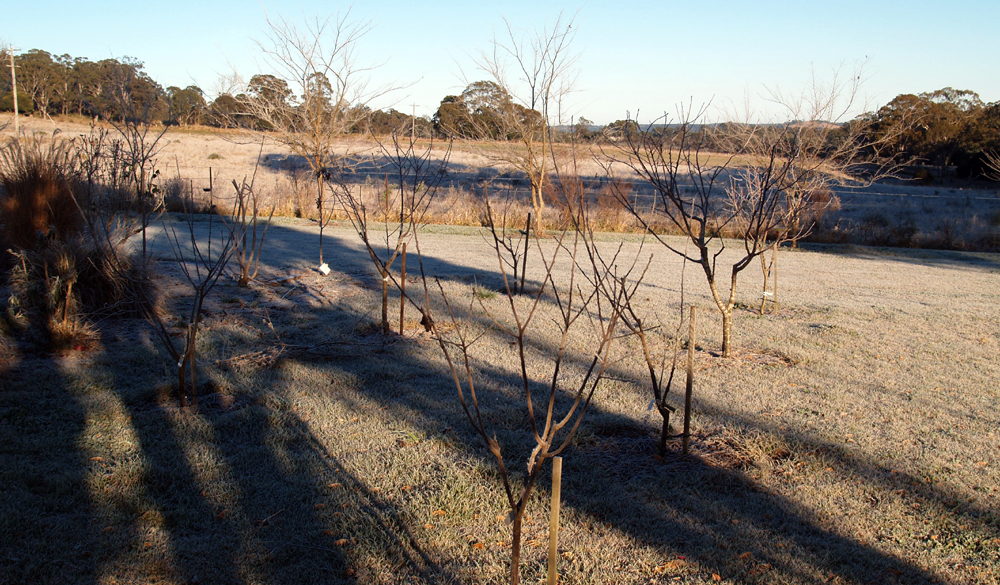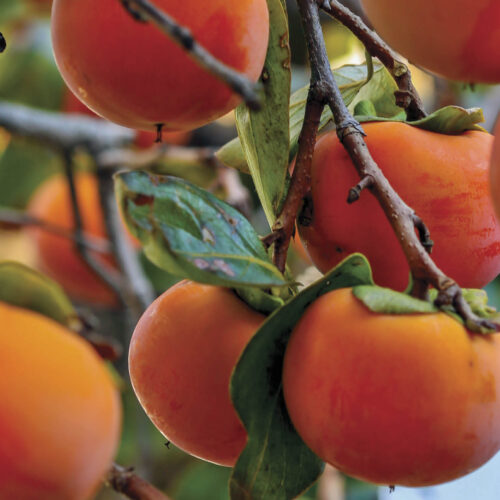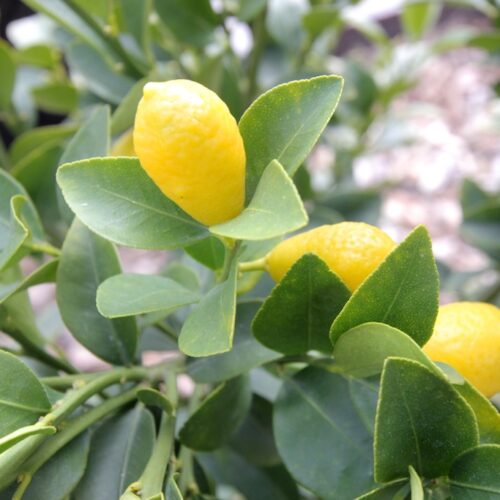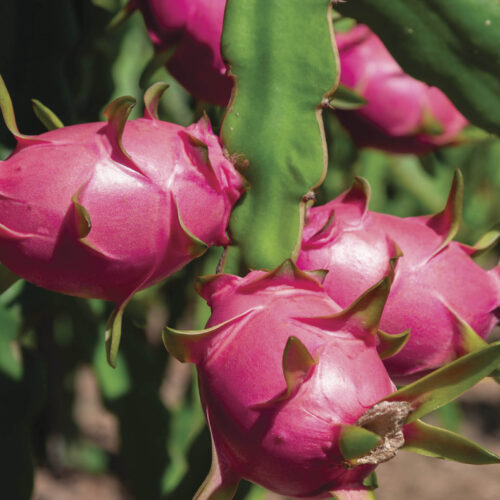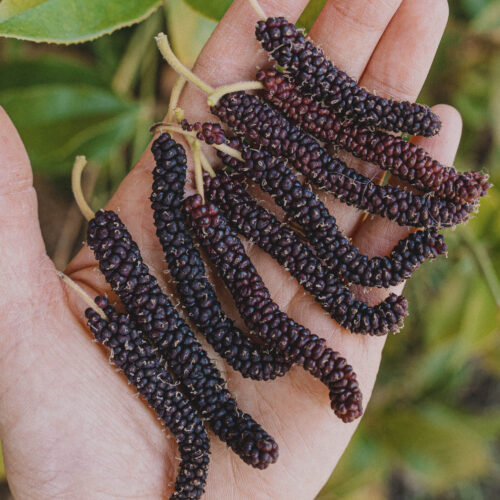Mid-winter in the Orchard
2011-07-14T22:51:29+10:00
For organic fruit growers, mid-winter is the ideal time to apply a preventative spray against summer fungal diseases. JUSTIN RUSSELL explains how.
So, mid-winter is upon us, and if you’re anything like me, all you really feel like doing is hunkering down in front of the wood heater to catch up on some overdue reading. But alas! If you’re not snowed in (I’m not, unfortunately), there are jobs to be done and now is as good a time as any. For deciduous fruit growers, two routine tasks were traditionally performed in mid-winter. One is pruning. In the old days deciduous fruit trees were pruned hard every winter, but this practice created problems with vigorous regrowth during summer, and diseases infecting the trees via slow healing pruning cuts. These days winter pruning is minimal and consists only in structural pruning to maintain a tree’s shape. To help prevent disease, it’s a great idea to disinfect your tools with metho or tea tree oil between trees. If you can avoid pruning altogether in winter, all the better. The second traditional mid-winter task , which is arguably more important than pruning, is the application of an “over wintering” fungicide spray. Applied while the tree is dormant, an organic fungicide will help prevent the incidence of fungal disease in the warmer months, and is particularly useful in controlling problems such as peach leaf curl, apple scab and brown rot. For organic gardeners, the options are limited to three major possibilities. There are Potassium Bicarbonate based sprays, These are generally certified organic, but mostly used to prevent powdery mildew during summer. Copper Hydroxide (not to be confused with Copper Oxychloride, which is toxic) is allowable under organic standards and highly effective. But being a heavy metal, copper can accumulate in the soil where it will prove toxic to earthworms and beneficial fungi. This leaves lime sulphur as the prime over wintering spray for most deciduous fruit trees. It’s also an allowable organic input and effective at controlling fungal disease, but is less toxic to worms. The only caveat is that lime sulphur shouldn’t be used on evergreen plants, because it may burn the foliage, or apricots, which dislike sulphur. Applying lime sulphur is simple. Choose a still, sunny day, don some protective gear (goggles, gloves and a mask is usually sufficient), and mix the spray according the manufacturers directions. Apply to the whole tree, evenly wetting all branches and ensuring you get the spray into fissures in the bark. Some people spray the ground beneath the tree to prevent fungal spores from splashing back up, but a better idea is to clean up infected leaves and fruit and apply a generous layer of mulch. After all, it’s nigh on impossible to overdo the mulch and all trees will benefit from a layer of sugarcane, lucerne, or my favourite for established trees, cheap but cheerful woodchip.

